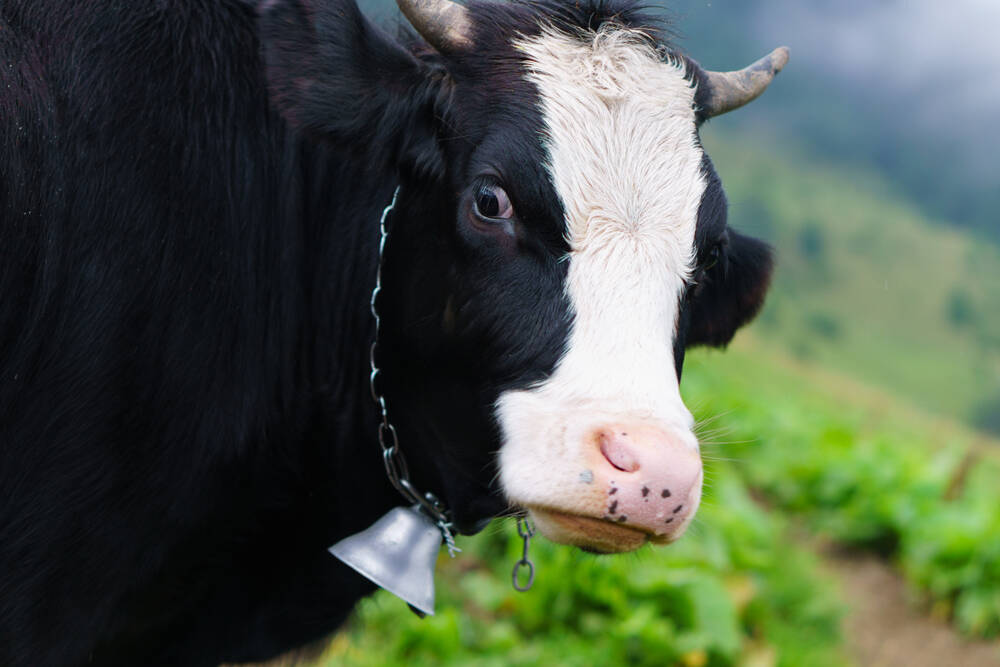
India’s Ministry of Fisheries, Animal Husbandry and Dairying has celebrated rapid uptake of its effort to digitize the nation’s livestock.
The Bharat Pashudhan Livestock Data Stack that makes it possible was dedicated to the nation in early March by prime minister Narendra Modi, after being implemented several months earlier.
Each beast tracked by the system has a unique ID. The ID is connected to a database with information related to incidents like vaccinations, artificial insemination, fresh animal registrations, change in ownership, e-prescriptions, disease reports, recording of milk production and more. The platform has been updated over 155 million times since launch, with new data arriving at a rate of 1.6 million updates each day.
The service even offers the capability to track strays – although the ministry expressed hope that private citizens and regional governments would fund those activities.
The ministry hopes the platform will bring organization and trust to the industry and address long-standing traceability issues with the National Digital Livestock Mission. It also allows for disease tracking, and the data can be shared across state governments, as well as with insurance and banking institutions.
The ministry added that the upcoming livestock census due this year will utilize the app.
“This remarkable addition to India’s impressive array of Digital Public Infrastructure is already in use since last few months, across the entire country, by nearly four lakh (400,000) field workers in the Animal Husbandry Sector,” declared the ministry.
Note the use of the term “Digital Public Infrastructure” – India’s catch-all for government applications that provide a useful function at home and, when offered to other nations, give India a diplomatic tool. It contrasts strongly with the US preference to engage using trade and military assistance, and with China’s preference for development loans that see its industrial giants build a presence in nations courted by Beijing.
India uses tech its government built – such as the Unified Payments Interface (UPI) – to help other nations build their own digital infrastructure and to extend India’s influence abroad. Google, for example, is helping to link UPI to more payment schemes globally. UPI is also being made available in nations commonly visited by Indian tourists, and is increasingly suggested as a means of cross-border payments.
India is also not alone in applying to tech to manage its agricultural sectors. South Korea last week revealed a real-time forest resource management system and accompanying AI-based monitoring platform. Singapore has run an internet of trees for years. ®




















